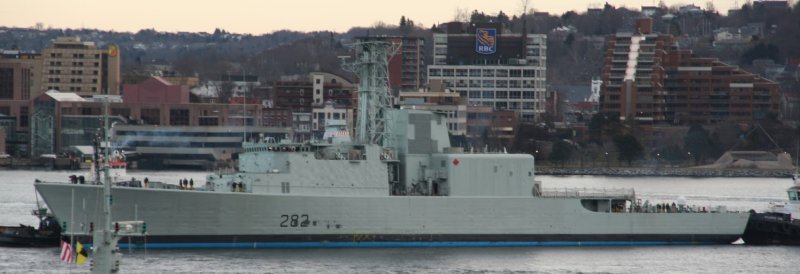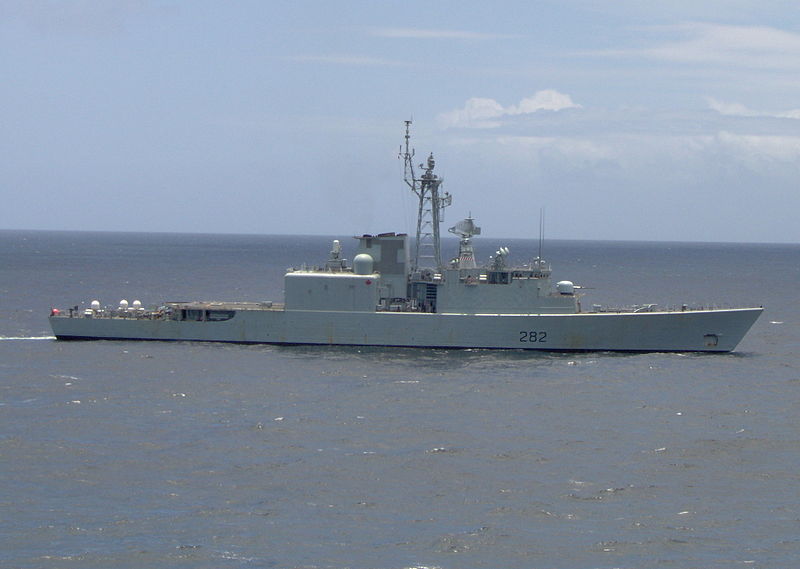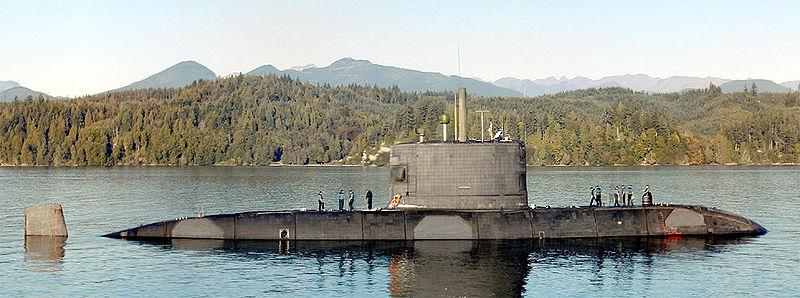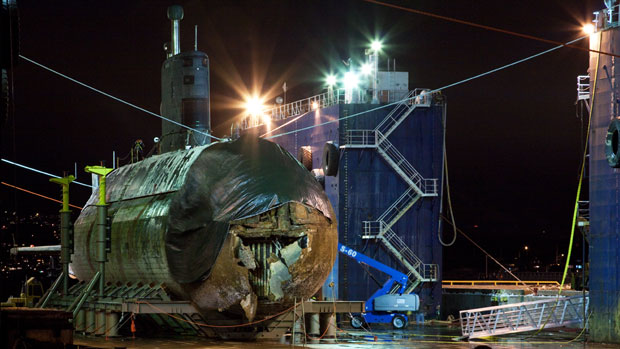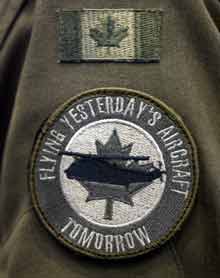 Did you know that the Canadian military is still waiting for the delivery of their new helicopters? This leaves the military brass with little to do but put on a show of confidence and perhaps cross their fingers behind their collective backs:
Did you know that the Canadian military is still waiting for the delivery of their new helicopters? This leaves the military brass with little to do but put on a show of confidence and perhaps cross their fingers behind their collective backs:
The head of the Royal Canadian Air Force says he’s confident the military’s 50-year-old Sea King helicopters can stay in the air long enough for their troubled replacements to arrive.
“It’s good for a while,” Lt.-Gen. Yvan Blondin said of the Sea Kings, in an exclusive interview with Postmedia News Wednesday.
“In the short term, the Sea King can fly. Eventually I’m going to replace some equipment on it if I want to keep it flying longer, but I’ve got flexibility.”
That flexibility will likely be needed amid recent reports that the air force won’t receive the first of its planned Sea King replacements, U.S. aerospace giant Sikorsky’s Cyclone maritime helicopters, until 2015 — seven years later than scheduled.
Here’s the long, twisted history of Canada’s attempt to replace the venerable Sea King helicopters:
- In 1963, the CH-124 Sea King helicopter (a variant of the US Navy S-61 model) entered service with the Royal Canadian Navy.
- In 1983, the Trudeau government started a process to replace the Sea Kings. That process never got far enough for a replacement helicopter to be ordered.
- In 1985, the Mulroney government started a new process to find a replacement for the Sea Kings.
- In 1992, the Mulroney government placed an order for 50 EH-101 Cormorant helicopters (for both naval and search-and-rescue operations).
- In 1993, the Campbell government reduced the order from 50 to 43, theoretically saving $1.4B.
- In 1993, the new Chrétien government cancelled the “Cadillac” helicopters as being far too expensive and started a new process to identify the right helicopters to buy. The government had to pay nearly $500 million in cancellation penalties.
- In 1998, having split the plan into separate orders for naval and SAR helicopters, the government ended up buying 15 Cormorant SAR helicopters anyway — and the per-unit prices had risen in the intervening time.
- In 2004, the Martin government placed an order with Sikorsky for 28 CH-148 Cyclone helicopters to be delivered starting in 2008 (after very carefully arranging the specifications to exclude the Cormorant from the competition).
- Now, in 2012, we may still have another five years to wait for the delivery of the Cyclones.

